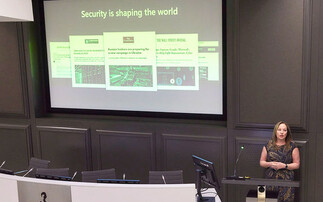Locky, once one of the most widely distributed forms of ransomware, has returned, warns Malwarebytes
The Locky ransomware has returned in the form of two new strains, security researchers at Malwarebytes have warned. Locky was one of the three most widely distributed forms of malware in 2016, a...
To continue reading this article...
Join Computing
- Unlimited access to real-time news, analysis and opinion from the technology industry
- Receive important and breaking news in our daily newsletter
- Be the first to hear about our events and awards programmes
- Join live member only interviews with IT leaders at the ‘IT Lounge’; your chance to ask your burning tech questions and have them answered
- Access to the Computing Delta hub providing market intelligence and research
- Receive our members-only newsletter with exclusive opinion pieces from senior IT Leaders





















